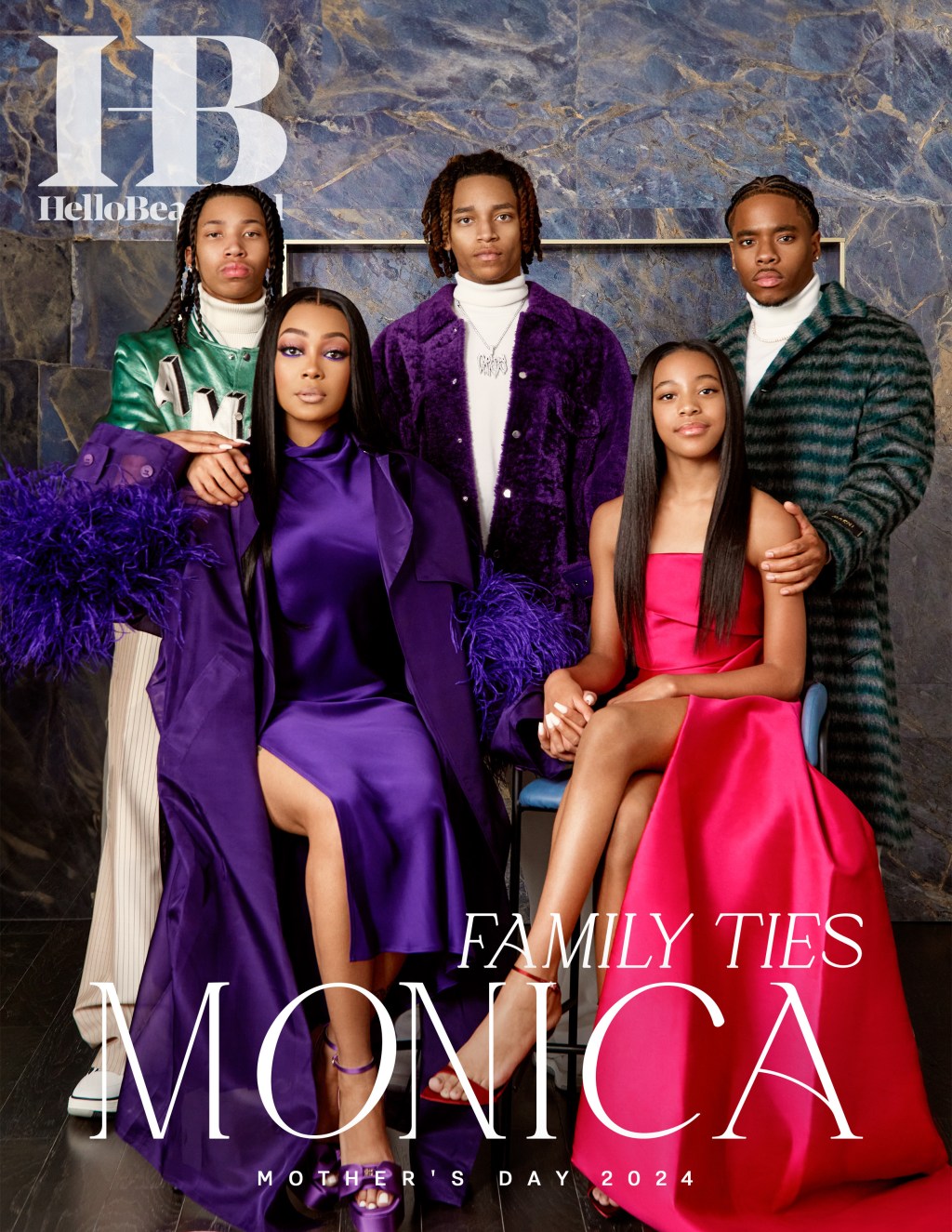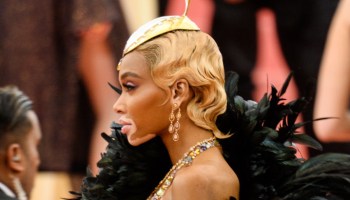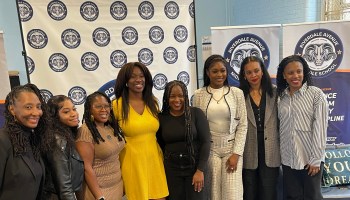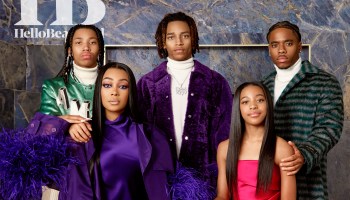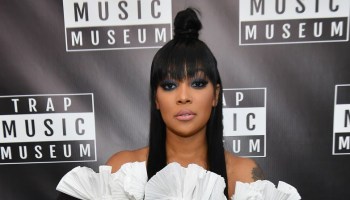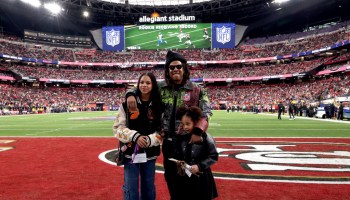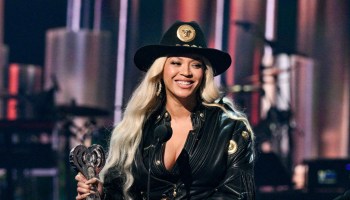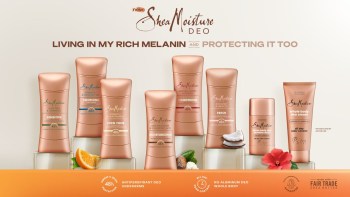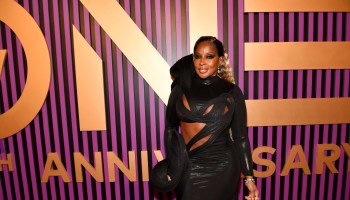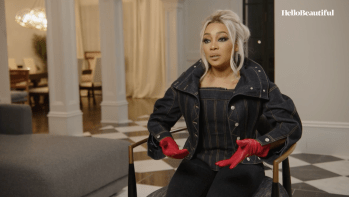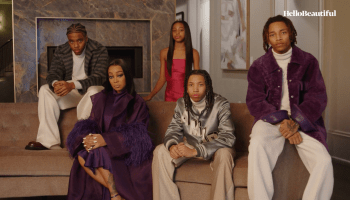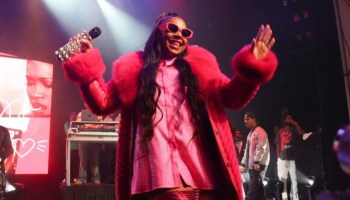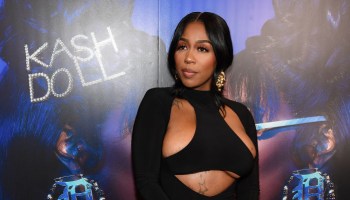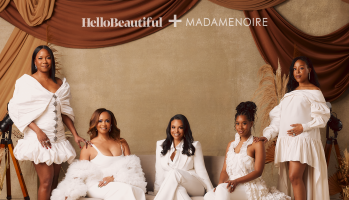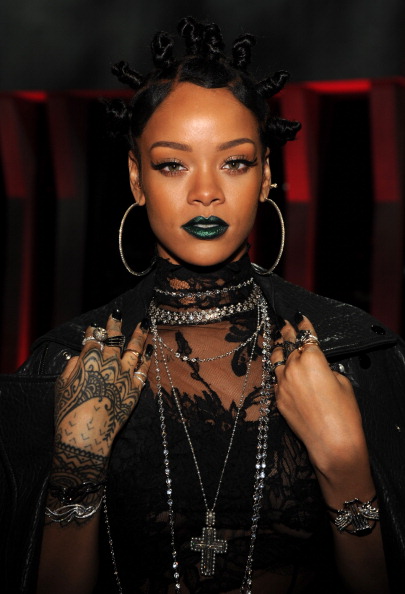
Source: Kevin Mazur / Getty
In the last few years, bantu knots have popped back into the mainstream with a trail of cultural appropriation behind them.
The protective hairstyle, which naturalistas either use to create heat-free curls or wear as a style on its own, consists of hair twisted into knots. To create them, hair is usually sectioned off, defined with a curl cream, twisted, and wrapped around itself.
Rihanna, Tracee Ellis Ross, Amandla Stenberg, and Blac Chyna are just a few stars who have rocked bantu knots in recent years, but the hairstyle has also appeared on the runways of non-Black fashion designers and the locks of non-Black celebs, who have been criticized for not giving credit where it was due – to African American culture – when they wore them.
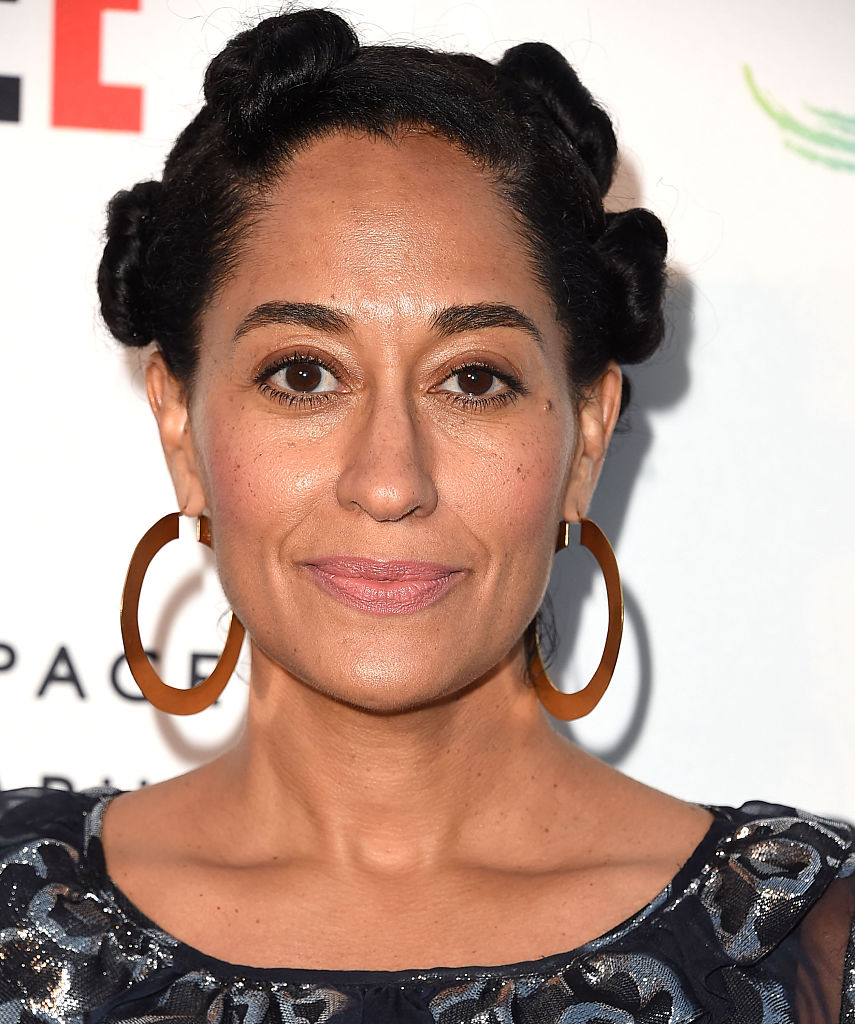
Source: Steve Granitz / Getty
Khloe Kardashian, for example, made headlines in 2016 when she rocked her blonde hair twisted in the knots, and shared a snap of herself on Twitter wearing the style with the caption “Bantu Babe.” After Black Twitter filled up her comments, the Keeping Up With The Kardashians star deleted the photo, but soon uploaded a new one of herself sporting the Bantu Knots with the caption “I like this better.” Black Twitter still quickly arrived to school her in that comment section too.
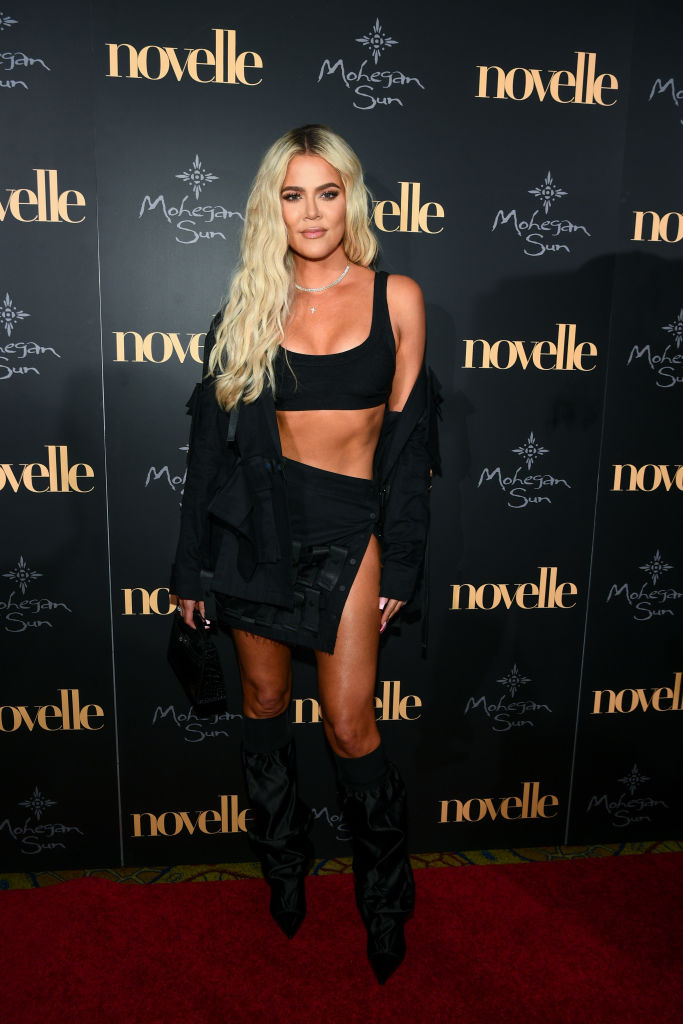
Source: Dave Kotinsky / Getty
Kardashian isn’t the only one who has pulled the move, though. When the models in Marc Jacobs Spring/Summer 2015 show strutted down the runway wearing bantu knots in a mohawk fashion, Mane Addicts famously published a tutorial on how to replicate the look, referring to the hairstyle as “mini buns” instead of bantu knots, and didn’t provide any historical reference about the style, according to The Huffington Post.
Although bantu knots were dubbed a “new trend” when they resurfaced in mainstream culture, the hairstyle is nothing new. In fact, the style, also referred to as “Zulu knots” can be traced back hundreds of years to the Zulu people of South Africa, a Bantu ethnic group, who originated the style, according to The History Channel’s “A Visual History of Iconic Black Hairstyles.”
“Bantu” is Zulu for the word ‘people’, and is also used in reference to a major linguistic group in Africa to identify the massive group of Nguni languages spoken by Africans in Sub-Saharan Africa, according to South Africa History Organization (SAHO).
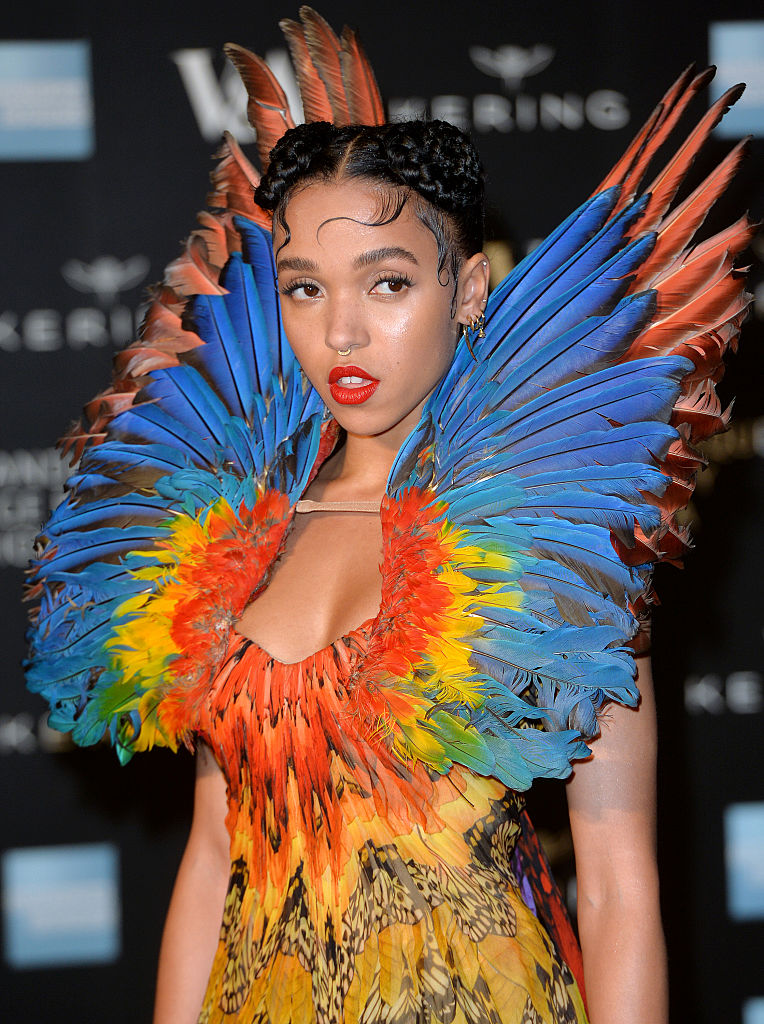
Source: Anthony Harvey / Getty
“I think it’s so interesting…we gave [bantu knots] that specific name Bantu. So, to even have a white girl wear those knots and for a publication to center those hairstyles or to feature it as a white girl hairstyle, means you would have to erase it from the name or else it wouldn’t make sense,” Tanisha Ford, author of Dressed in Dreams and Associate Professor of Africana Studies and History at the University of Delaware told Hello Beautiful. “Bantu is a very specific African language and culture. It’s an etnhic group…like they’re Black, they’re sub saharan. To even put those knots on a white girl, you would have to erase it from that name. You would have to literally disconnect it from the name Bantu knot.”
The Eight Zulu Kings: From Shaka to Goodwill Zwelithini by John Laband also references the style, saying “married or senior [Zulu] women were crowned with complexly worked topknots of hair and wore pleated leather skirts.” Men and women actually both wore those “top knots” to indicate their marital status, according to The Anatomy of The Zulu Army: From Shaka to Cetshwaya 1818-1879 by Ian Knight. Back then, those “top knots” were known as isicholo, and until late in the nineteenth century it was “the practice of married women to shave their heads, apart from a small patch of hair on the crown that was teased out and dyed with red ochre.”
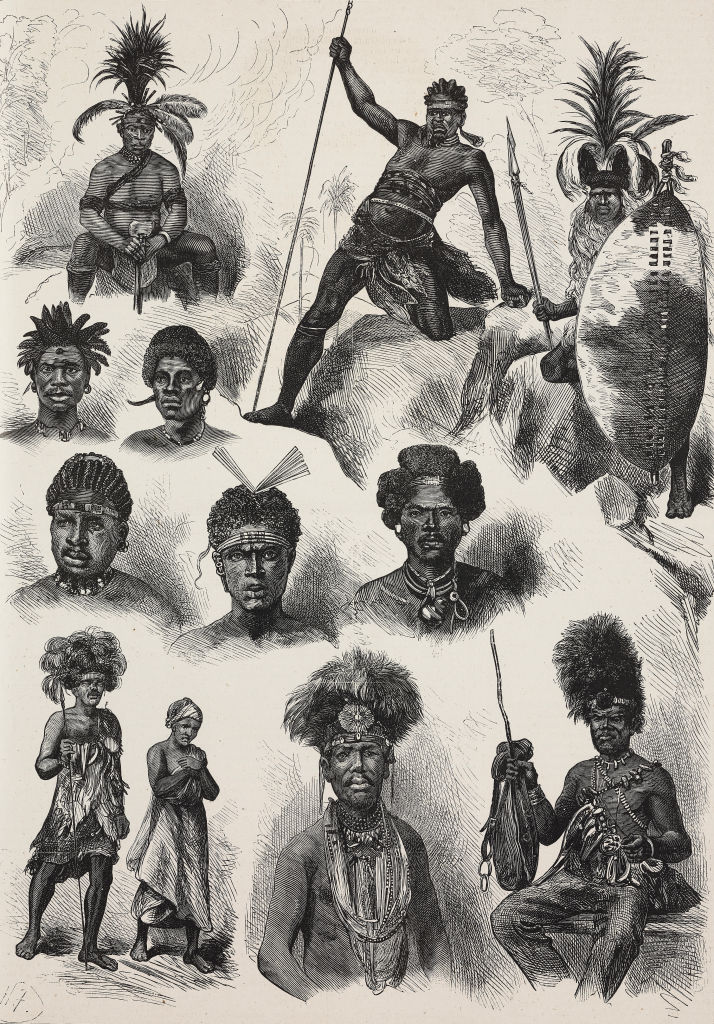
Source: DE AGOSTINI PICTURE LIBRARY / Getty
“Each ethnic group on the African continent has braiding styles and knotting techniques that speak to a different social status within the ethnic group,” Ford continued. “It speaks to one’s age. So, there are certain hairstyles that you would only wear at a certain age or if you were married or unmarried, for particular rituals or ceremonies. So, what you might wear to a wedding would be different than what how you might style your hair for a rites of passage ceremony.”
Ford continued, saying, that as Black people we too reimagine knotting and braiding techniques “and oftentimes we translate those things without a history or a cultural context.” She remembers first seeing the style pop up in music videos during the “golden era of hip hop” in the 80s and 90s, for example, without that historical context. Still, there’s a difference between our reimagining of African hairstyles and the cultural appropriation of Black hairstyles, she went on.
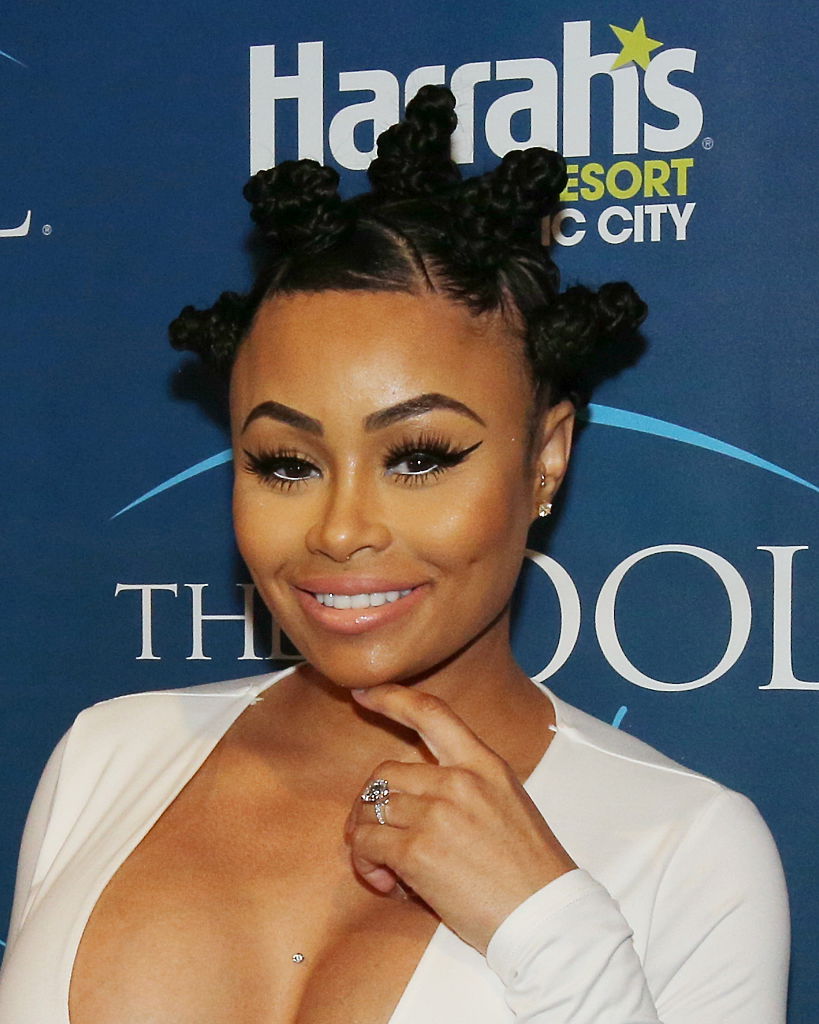
Source: Tom Briglia / Getty
“We give [those hairstyles] a name and it lives in our communities in a different way,” Ford continued. “But the difference for me with what I see with white appropriation of our hairstyles is that that doesn’t come from a devaluing of that culture or trying to rip it from its African roots. It’s us, in fact, trying to reconnect with our African roots and not having access to the history to know where those styles come from and what they were named in that context.”
“It’s part of the violence of slavery where there’s like ontological disconnect from our heritage and there’s various ways that we’ve tried to reconnect with it,” she continued. ”And I can get that knotting techniques are one of those ways that historically we’ve tried to reconnect with our roots and how our ancestors were wearing our hair, their hair, or how we imagined them wearing their hair.”
Thus, It is not only important for us to learn about the history of our hairstyles, specifically those that have African roots like Bantu knots, box braids, cornrows, etc., but it’s just as important for us to share the knowledge with people outside of the African American race so that they too understand the context of our hairstyles and why its essential to give credit where it’s due when they wear them.
DON’T MISS:
WE STARTED THE TREND: How Janet Jackson’s Poetic Justice Box Braids Came To Be
WE STARTED THE TREND: How Door Knocker Earrings Became Mainstream
